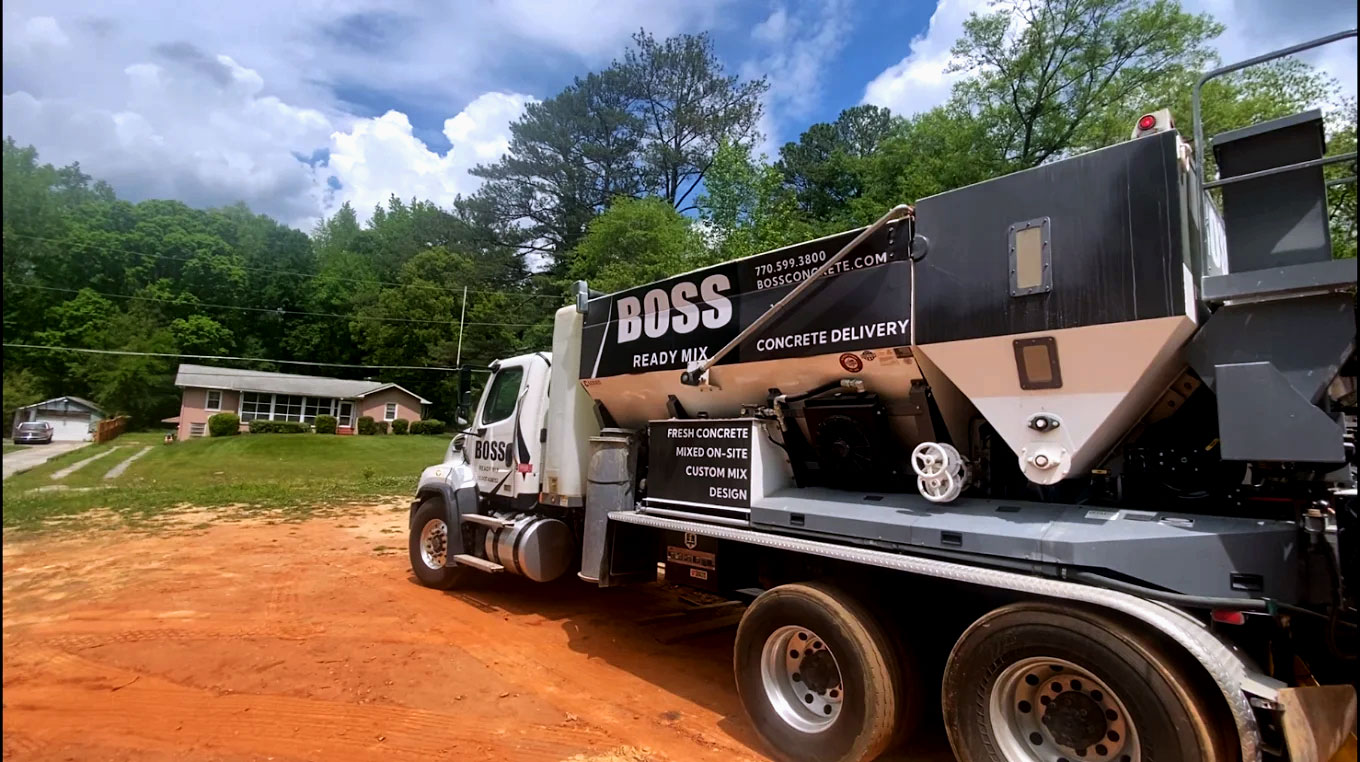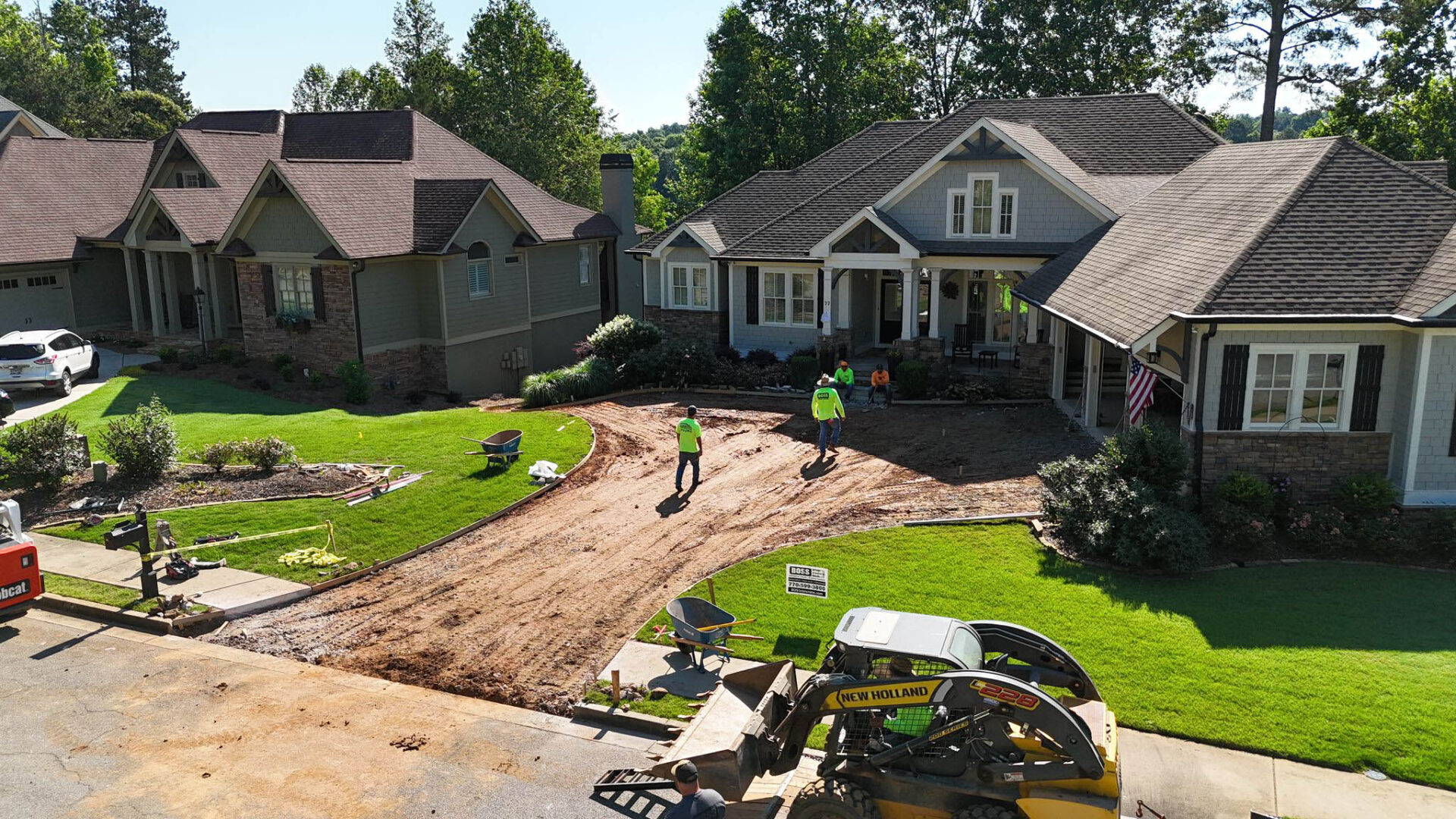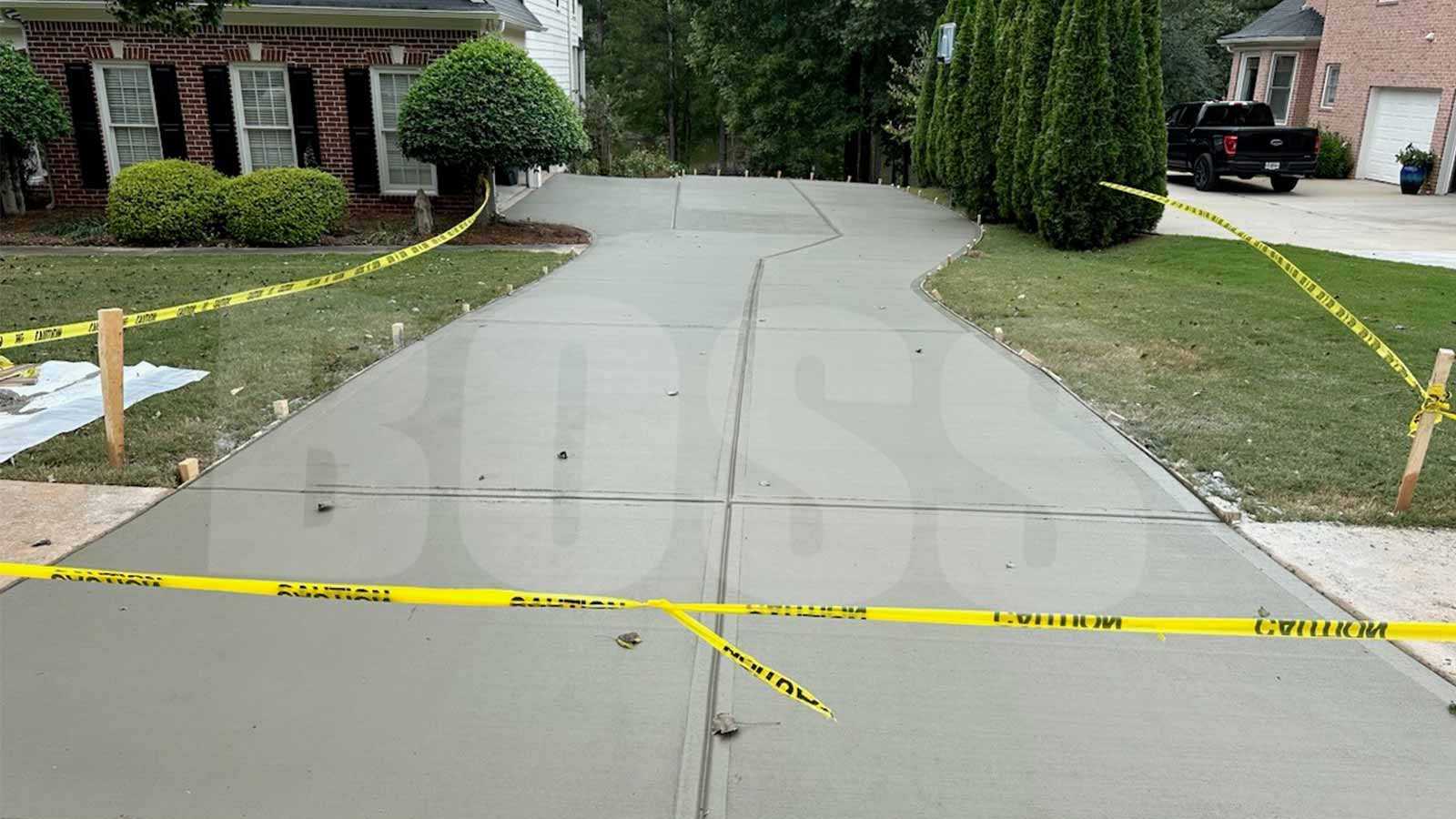frequently asked questions
Services & Locations
Yes, we offer free estimates to assess your project needs and provide accurate cost estimates and timelines.
State of Georgia
Fayette and Coweta Counties
Service Area Limitations: Regrettably, we’re unable to provide services outside our designated areas, which are limited to Fayette and Coweta County’s.
We restrict our Service area because we feel that building relationships in our own local community with suppliers will give us better pricing power that we can pass on to the consumer. We will often work on 3-4 different projects each day, and keeping our jobs close together adds to our efficiency and keeps our prices down.
You will notice that occasionally we do venture outside of Fayette and Coweta counties for certain projects. We will often honor previous customers’ requests to service them if they have moved, and we may take on a project outside of our area for a company with whom we do alot of business, or for an emergency.
We offer a range of concrete services including pouring, finishing, repair, resurfacing, stamping, staining, and decorative concrete options
Maintenance & Repairs
Stains can be removed from concrete with dry or mechanical methods, or by wet methods using chemical or water.
Common dry methods include sandblasting, flame cleaning and shotblasting, grinding, scabbing, planing and scouring. Steel-wire brushes should be used with care because they can leave metal particles on the surface that later may rust and stain the concrete.
Wet methods involve the application of water or specific chemicals according to the nature of the stain. The chemical treatment either dissolves the staining substance so it can be blotted up from the surface of the concrete or bleaches the staining substance so it will not show.
To remove blood stains, for example, wet the stains with water and cover them with a layer of sodium peroxide powder; let stand for a few minutes, rinse with water and scrub vigorously. Follow with the application of a 5 percent solution of vinegar to neutralize any remaining sodium peroxide.
Concrete, like all other materials, will slightly change in volume when it dries out. Translated into dimensions-this is about 1/16 of an inch in 12 feet. We install concrete joints at that dimension to allow the concrete to crack in a neat, straight line at the joint when the volume of the concrete changes due to shrinkage. It is important to remember that ALL concrete cracks, and just because a crack is observed, that does not necessarily indicate failure.
Concrete Installation & Process
Portland cement is a hydraulic cement which means that it sets and hardens due to a chemical reaction with water. Consequently, it will harden under water.
Yes it can. The higher the temperature, the faster the hydration process. Concrete will ‘dry’ in direct proportion to its temperature. We use chemicals to adjust this process, depending on the time of year. In the summer, we use chemical retarders, water reducers, and super-plasticizers to slow down the drying process, while in the winter we use accelerator agents, such as calcium chloride, and higher cement contents to increase the temperature of the concrete when it is cold. This allows us to pour in temperatures in excess of 90 degrees F and down to below 30 degrees F.
Allowing newly poured concrete to properly cure is crucial for its long-term strength and appearance. Typically, it’s advisable to wait around 24 hours for human foot traffic. Dogs or animals is 48 hours because their claws or nails can dig / scratch the surface, vehicular traffic is 72 hours. In cooler weather an additional 24 hours can be added to all stages.
Depending on the driveway size, the project can take 1 to 5 days. Here’s a quick breakdown:
- 1 Day: Up to 1,000 sq ft
- 2 Days: 1,500-3,500 sq ft
- 3-5 Days: 4,000+ sq ft
- Demolition & Hauling – We remove the old concrete and clear the area.
- Forming & Grading – We create forms and grade the sub-base to ensure proper depth.
- Pouring & Finishing – We pour the new driveway and finish it for a smooth, durable surface.
- Cleanup & Final Touches – We remove forms, haul trash, and pressure-wash the site.
This is a great question. I think there are three aspects to consider for every concrete pour, depending on the application. The first of these is the PSI, or the compressive strength rating of the concrete. In the Atlanta-metro area of Georgia, our seismic zone and local ordinances 3000PSI for most exterior and structural concrete pours. At BOSS Concrete we go a step further and use 4000PSI on almost everything we do. Higher Concrete PSI means stronger compressive strength and more resistance to surface abrasion.
General Concrete Knowledge
Concrete is a proportioned mix of sand, gravel, water, Portland cement, and various additives depending on your region and the time of year. Concrete is perishable – once it is ‘slumped’, or mixed together, concrete will become unworkable in 3 to 6 hours without any accelerators or retarders. Adding water at the job site to make the concrete more workable is a standard practice in the industry; however, excessive water will weaken the concrete.
The most common measure of concrete strength is Pounds per Square Inch, or PSI for short. Engineers use compression and flexural mechanical strength tests to determine the strength of concrete. Concrete can be mixed as low as 2500PSI, although that mix code is hardly used these days, and up to 6000PSI or more.
Concrete offers durability, strength, versatility, and low maintenance. It can withstand heavy loads, fire, and extreme weather conditions.
Concrete consists of a mix of ingredients, including Portland cement, pozzolans, water, coarse aggregates, fine aggregates, and additives. Concrete may also contain mineral colors, granulated blast-furnace slag, and blended cements. When fresh, cement can be molded hours after it is produced. Once the initial set time is reached, the concrete continues to gain strength. It continues to gain strength for months, and years, in fact…although the PSI rating is consistent with the strength it gains after 28 days.
Concrete is the material that we pour for driveways, curbing, sidewalks, foundation slabs, and footings. Cement is the binder – it is the ingredient in the concrete mix that holds the other ingredients together.
Concrete Creations: Inspiring Videos for Your Next Project
Watch our Videos to Discover the Artistry and Expertise Behind Our Concrete Services




